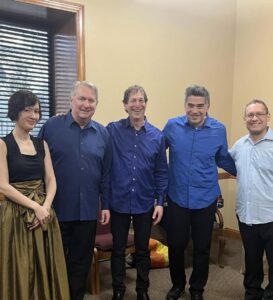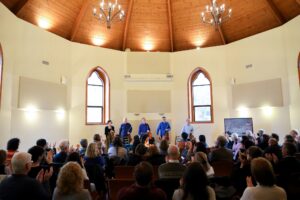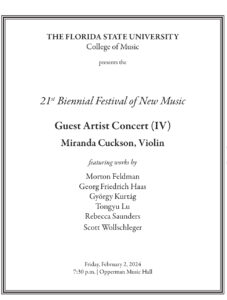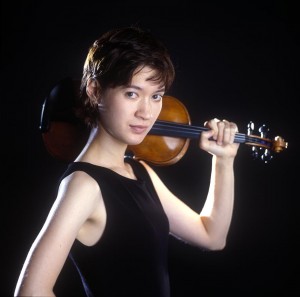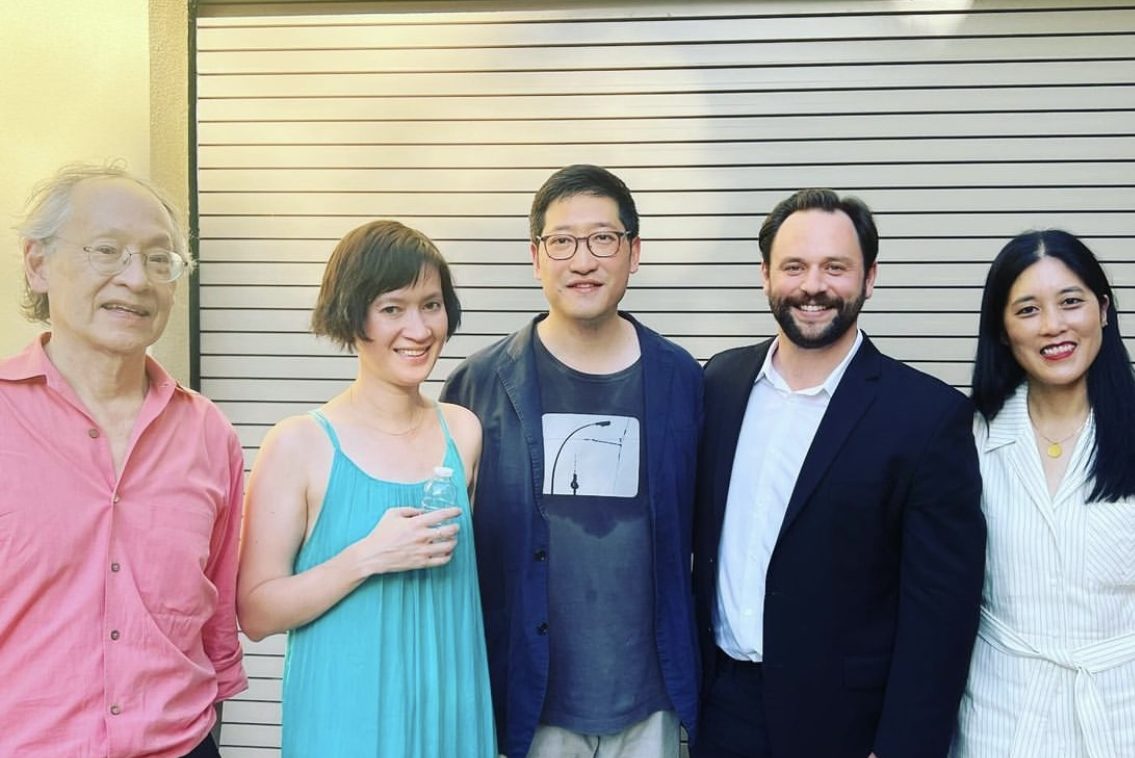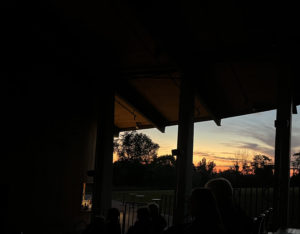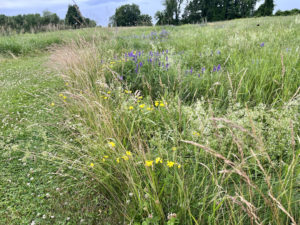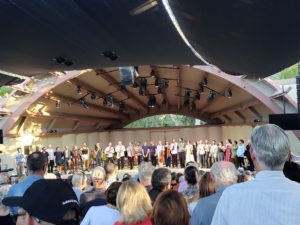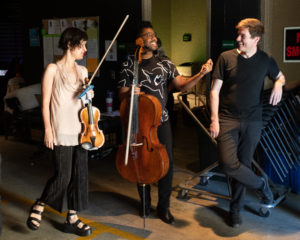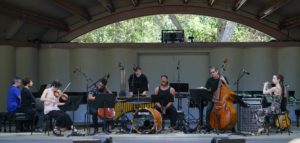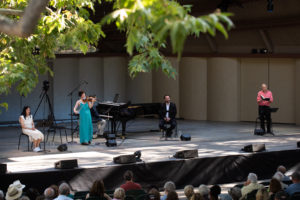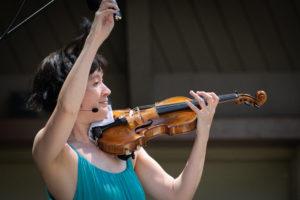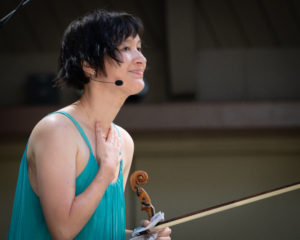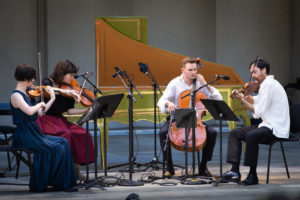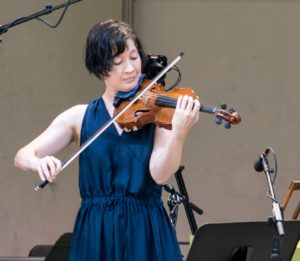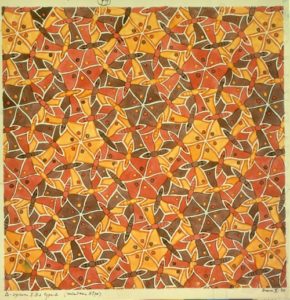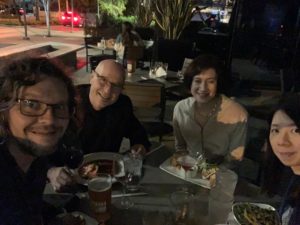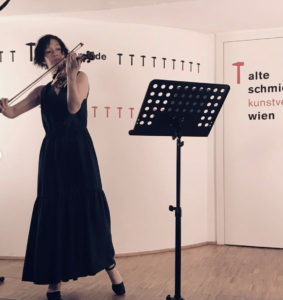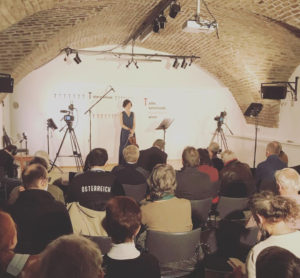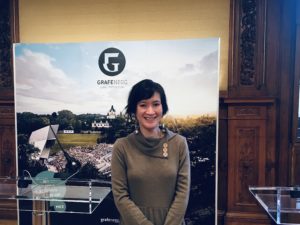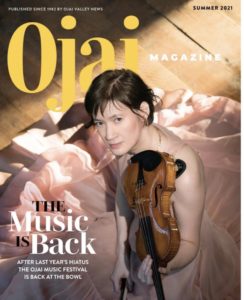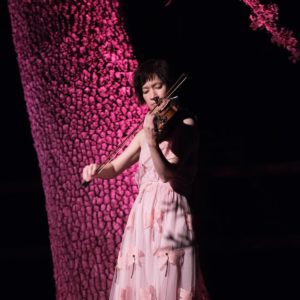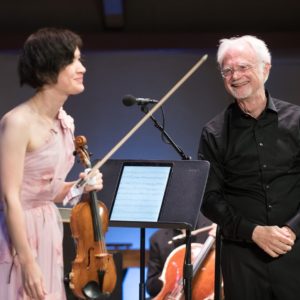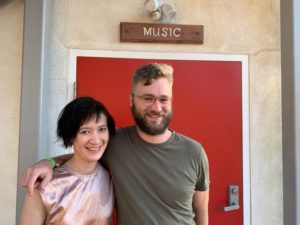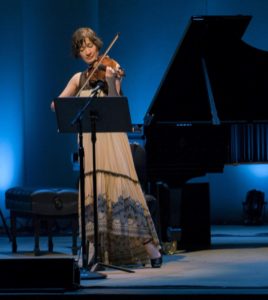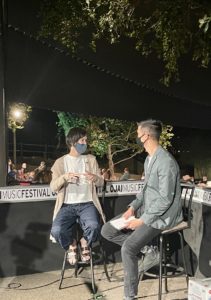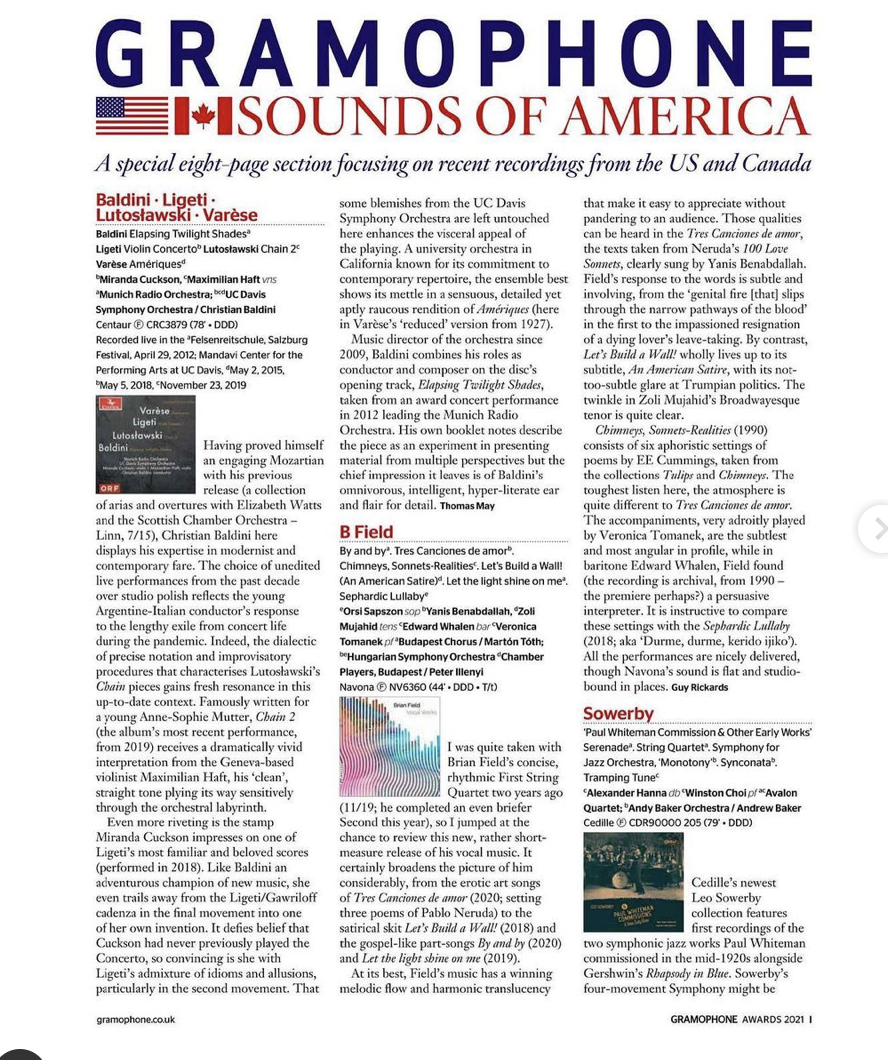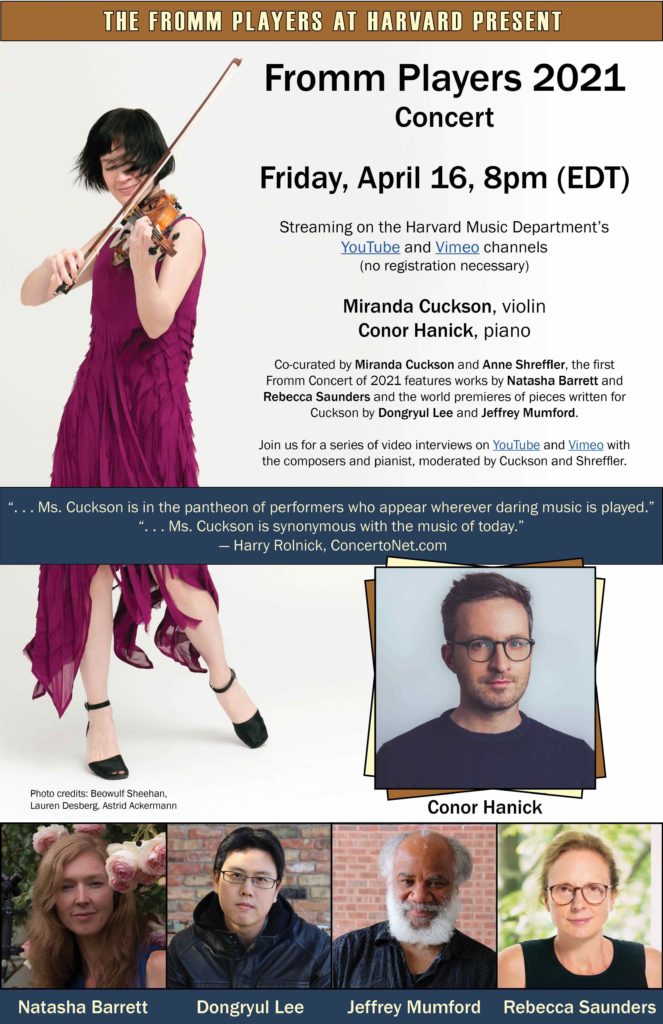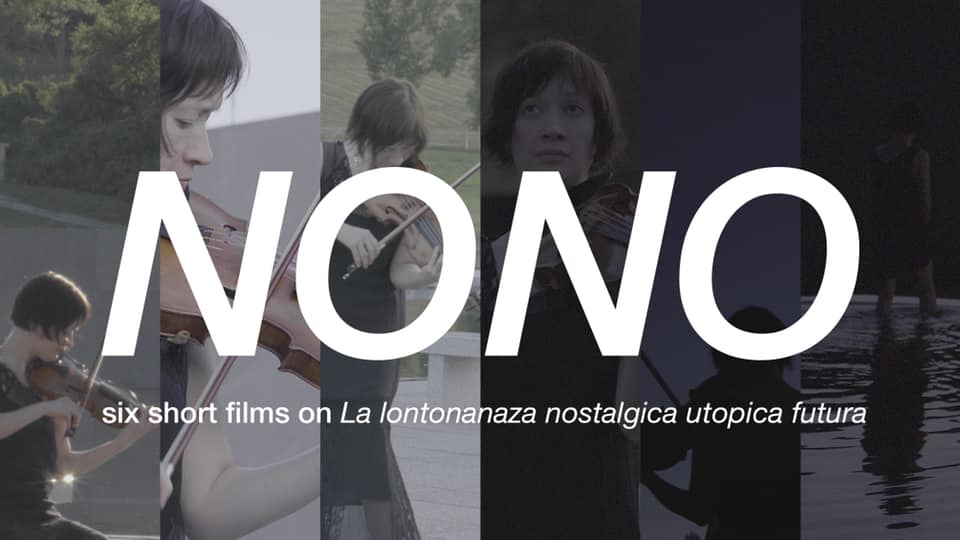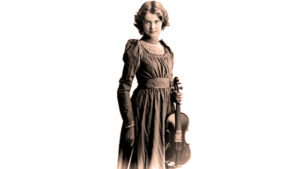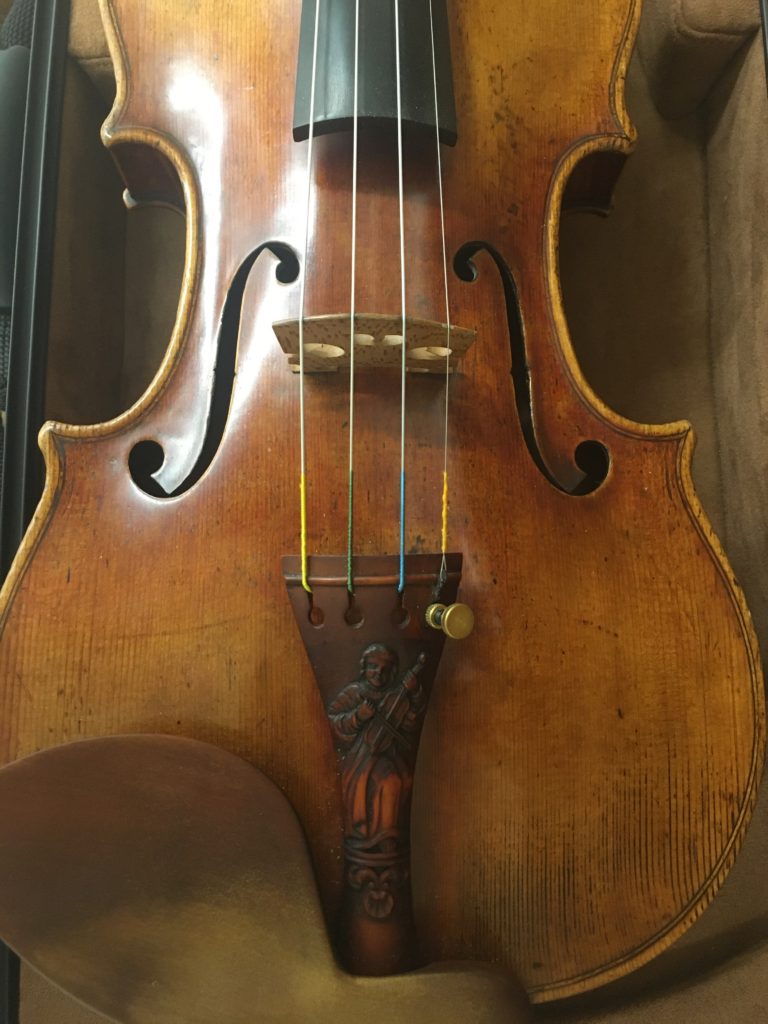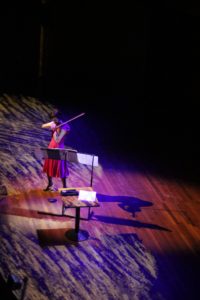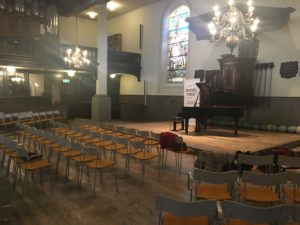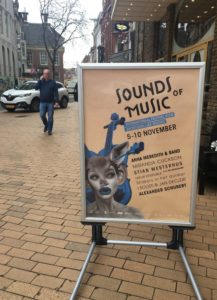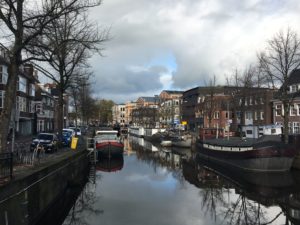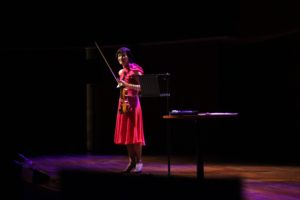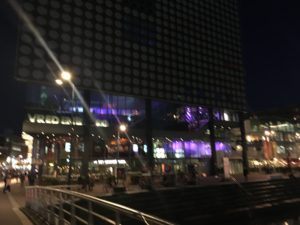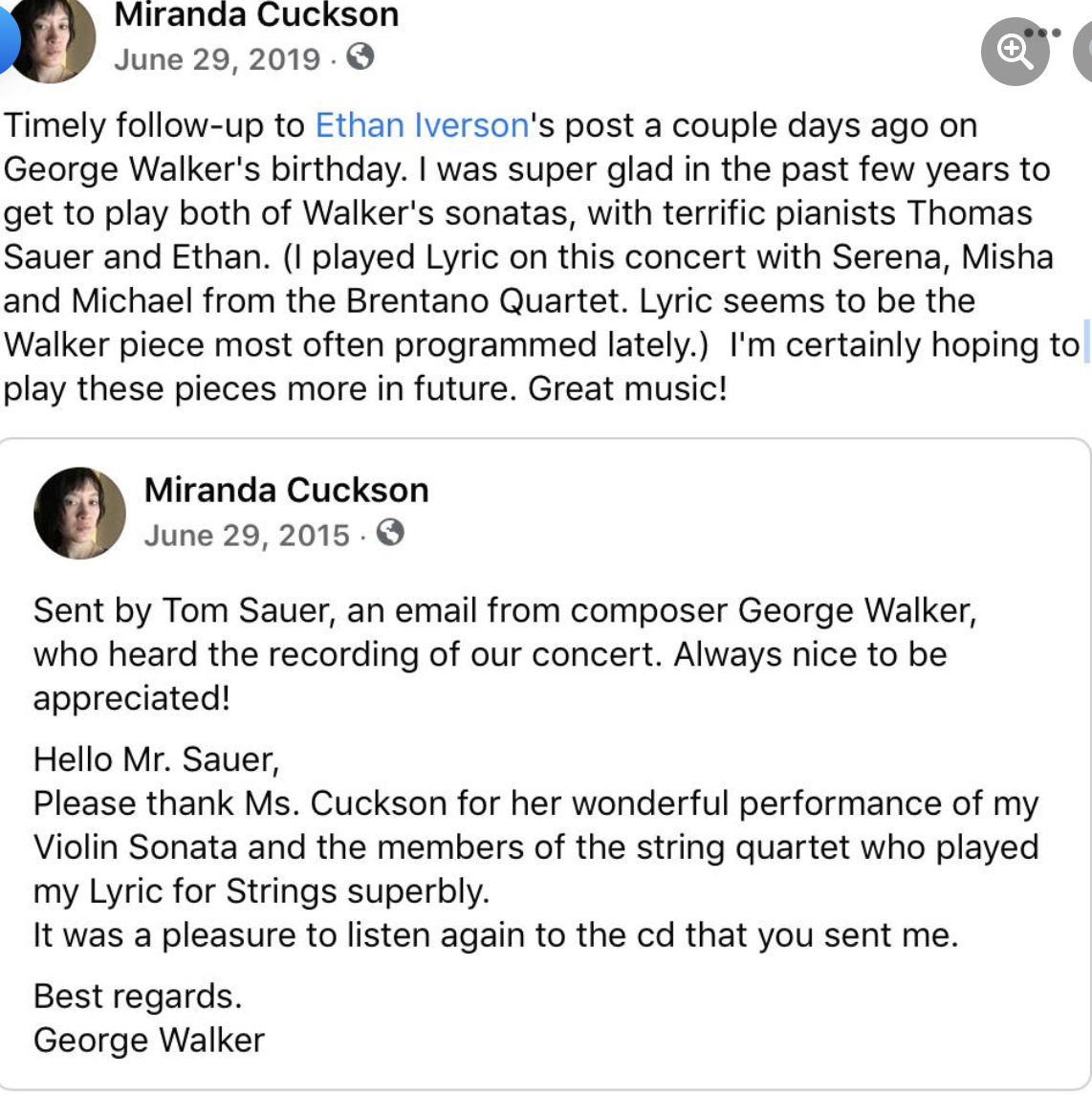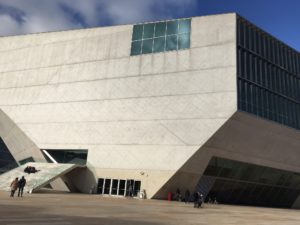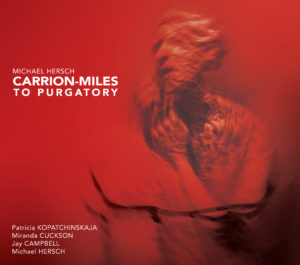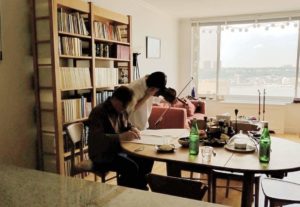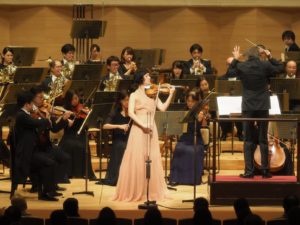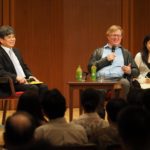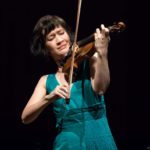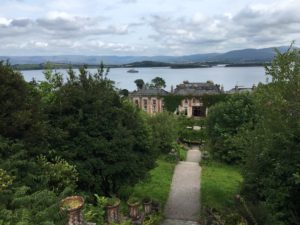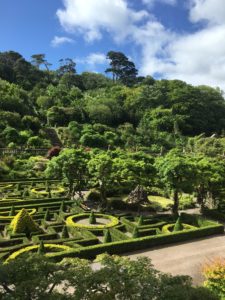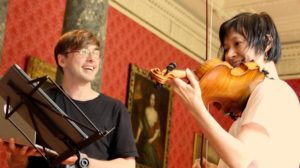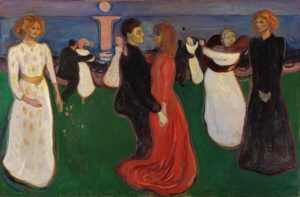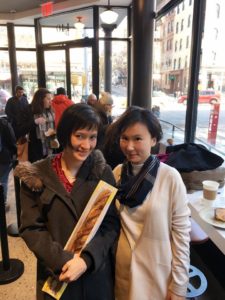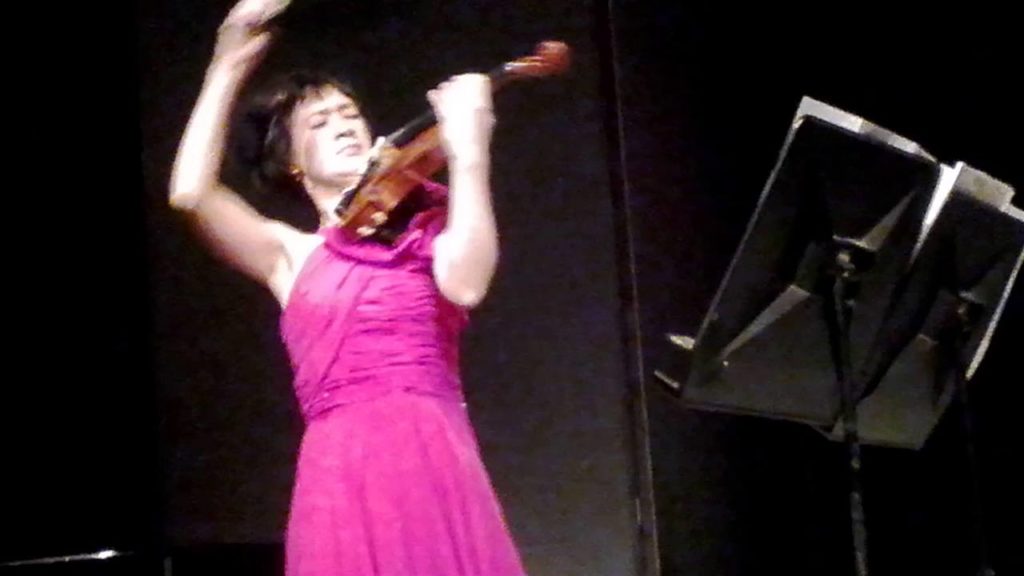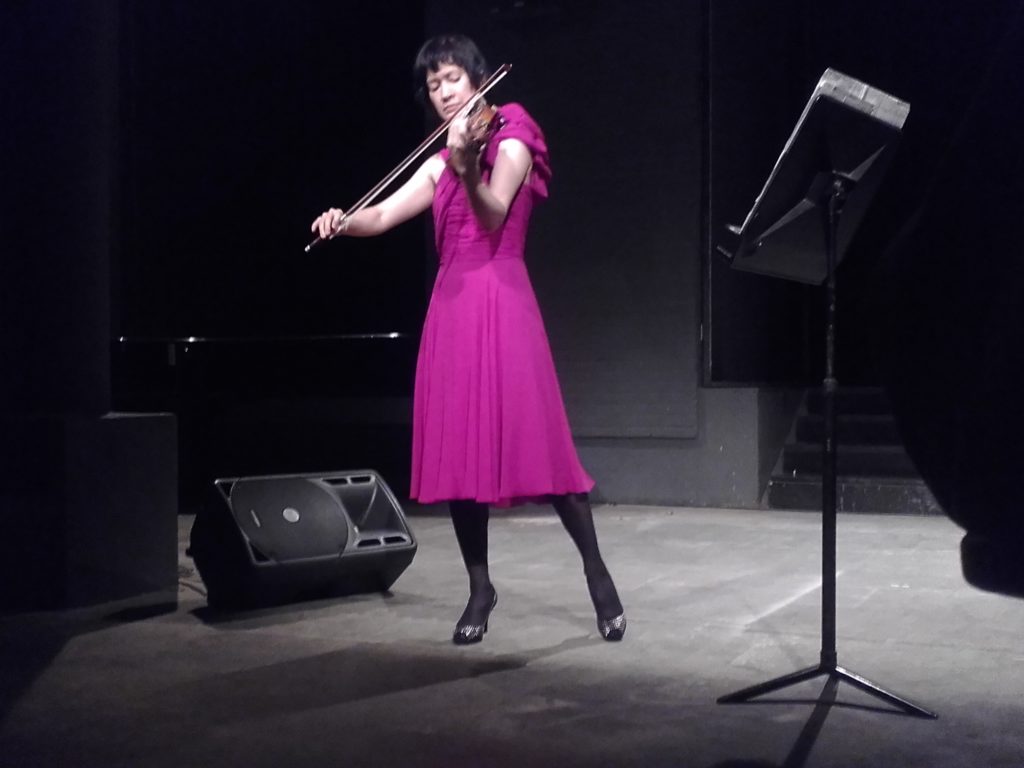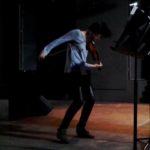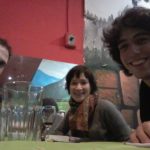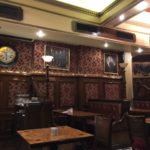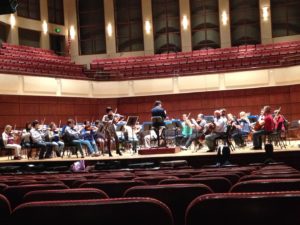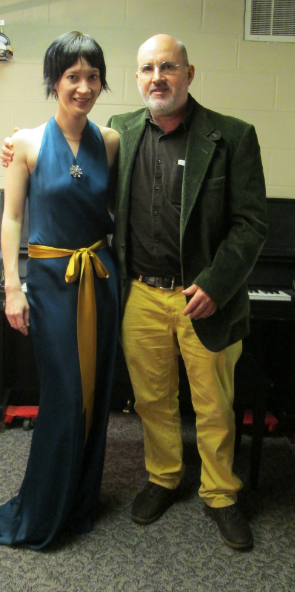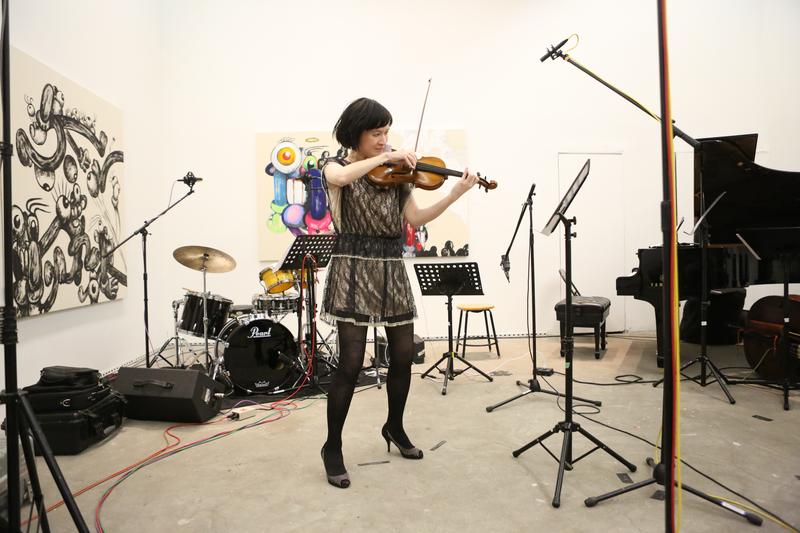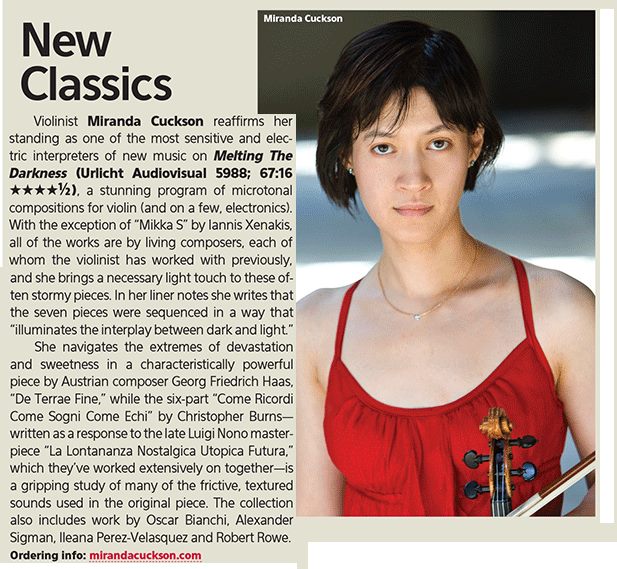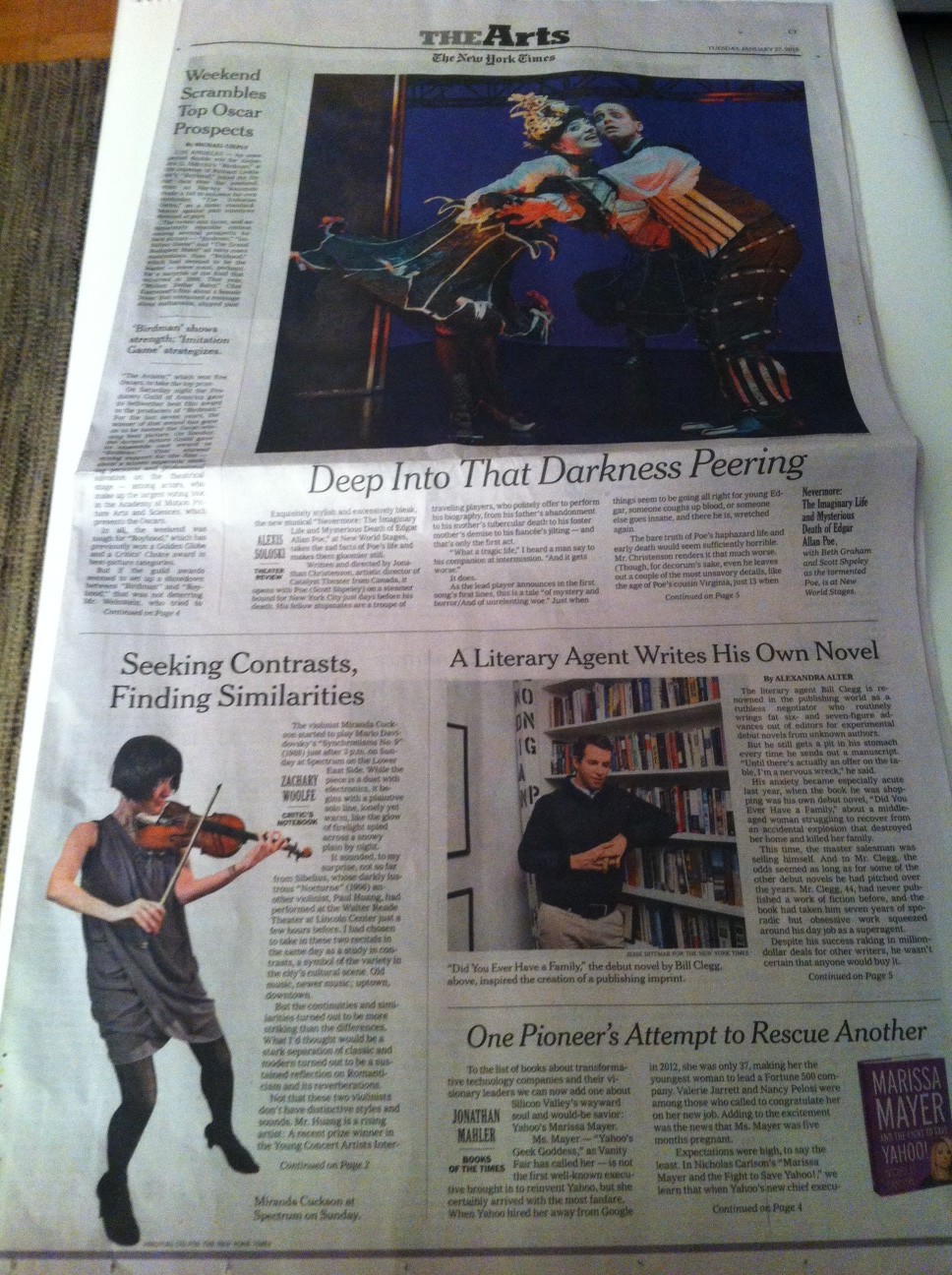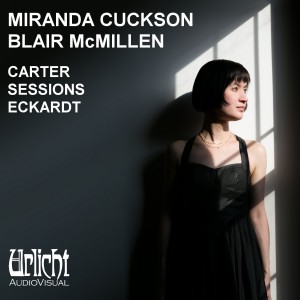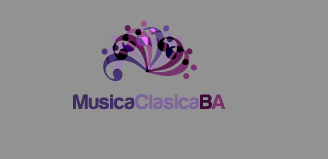I haven’t posted on this blog since a year ago but I was busy from summer until March with music, projects, collaborations.. Have to say I’m proud of how it all went. Here are some highlights!
In June I played a duo concert at Soapbox Gallery in Brooklyn with Ethan Iverson. The duo pieces were George Walker Sonata No. 1, Peter Lieberson Elegy, and Louise Talma’s Sonata, plus Ethan’s own Piano Sonata. We got a great review in the New York Times.
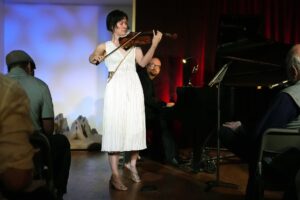
Back at PS21 Chatham I played a program of Lili Boulanger, Igor Stravinsky, Rebecca Saunders, Claude Vivier, Leo Ornstein, and Kaija Saariaho, with Adrian Sandí on clarinet and Eric Huebner on piano.

Solo recital at the Walden School in New Hampshire – music by JS Bach, Stewart Goodyear, Caroline Mallonee, Dave Soldier, Lei Liang, Scott Wollschleger
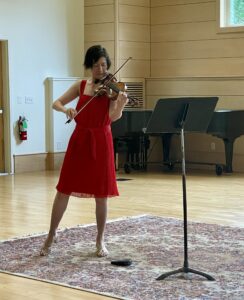
Did a flamenco show with Pedro Cortes, Jose Moreno, and Dave Soldier at the Garage series at Chatham, upstate.
Cutting Edge Concerts at Symphony Space: I played solo pieces written for me by Jeffrey Mumford and Ileana Perez Velasquez. Thanks to series director and composer Victoria Bond! Great to receive this review !
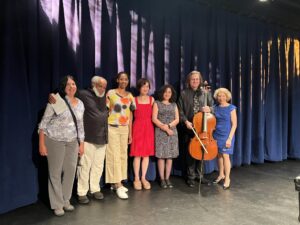
Morton Feldman concert with Conor Hanick at the New York Studio School, where he was the dean from 1969-71. We played Extensions 1, Vertical Thoughts 2, Projection 1, Piano Piece 1963, and Spring of Chosroes. Much appreciated this lovely review
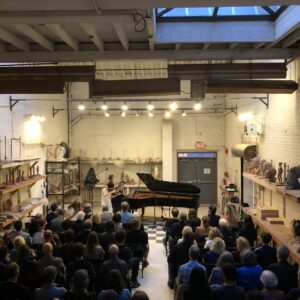
I did a six-concert solo recital tour in Germany, including at the Schloss Köthen where Johann Sebastian Bach composed his partitas and sonatas for solo violin. On these concerts, I played Bach’s D minor Partita and pieces by Reiko Füting, Tongyu Lu, Biber, and Ysaÿe.
.
![]()
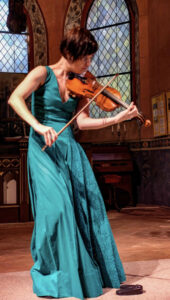
I played the 2nd half of one concert with pianist Kristin Henneberg, in Magdeburg, collaborating in music by Füting, Stravinsky, and Clara Schumann.
Also I did a recital in Hamburg, featuring Manfred Stahnke’s Capra 4, Bach’s D minor Partita, and pieces by Jeffrey Mumford, Kaija Saariaho, and Reiko Füting:
On Nov 2nd I played at San Francisco Performances with my longtime good friend Blair McMillen, in the stunning Herbst Theater. We played sonatas by Janacek, Beethoven, and Prokofiev, and Ross Lee Finney’s Fiddle-doodle-ad suite. We also played a movement from Anthony Cheung’s duo Elective Memory, as an encore. Got a great review.
Photos from rehearsal:

![]()
![]()

After that I did a solo recital and a masterclass at Princeton University. No photos or videos from that, but thanks very much to Donna Weng Friedman for the invitation, it was a great pleasure!
Then it was on to my very exciting debut at the Musikverein in Vienna, playing the Violin Concerto written for me by Georg Friedrich Haas. Thanks to the Musikverein, the wonderful Vienna Radio Symphony and conductor Markus Poschner for a terrific experience. It was broadcast live on Ö1 radio and I hope it will be rebroadcast because it as my best performance of it yet! Walter Weidringer wrote in Die Presse: “Miranda Cuckson is a poetic soloist with a strong personality, yet unpretentious.”
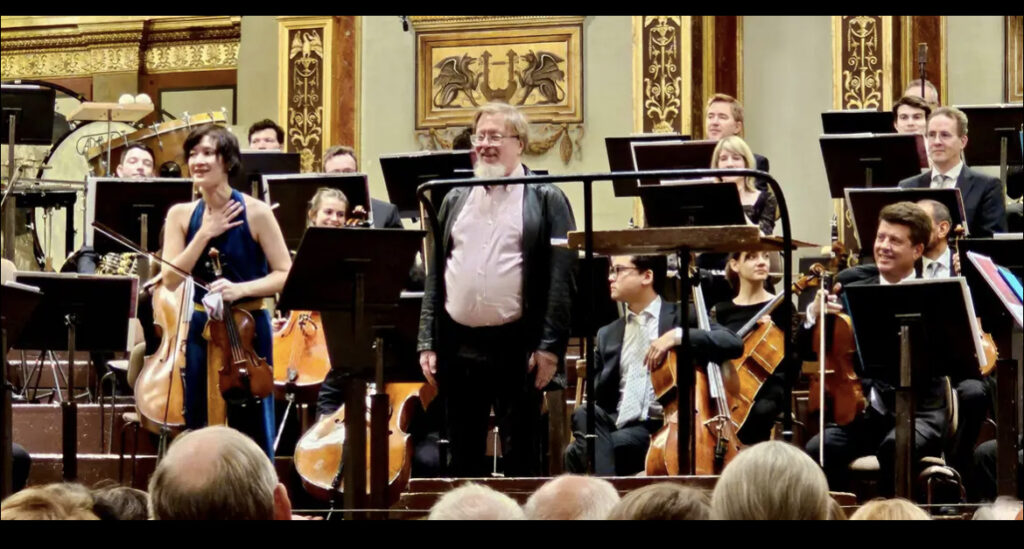
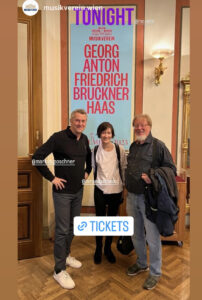
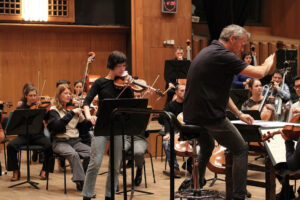
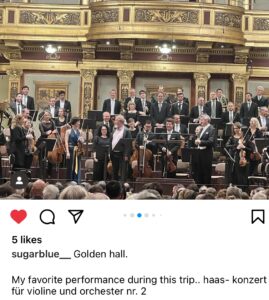
I also gave a masterclass for the Orchestra’s Academy program:
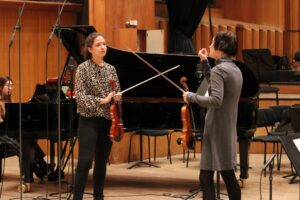
I joined David Sanford’s superb big band for a recording of his piece Reprise (which I played on the premiere of a few years ago).

I also recorded Scott Wollschleger’s new violin piece Secret Machine No. 7 that we collaborated on, and which appears on his next album, soon to be released! There will be a release show at Roulette on June 27, please come!
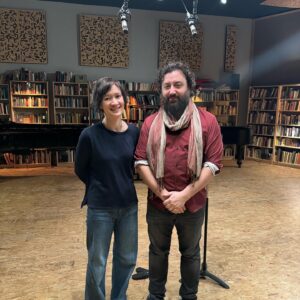
At the beginning of February I played a recital on the wonderful Florida State New Music Festival. The pieces and performers were terrific and I really enjoyed meeting and seeing everyone there. I also had the great pleasure to be interviewed for the HER-o podcast by violinist Darrian Lee.
I also recently had the pleasure to play quintets at River Arts with Philip Setzer, Kenji Bunch, Dan Panner, and Peter Seidenberg. We played pieces by Kenji Bunch and Jessie Montgomery and the C major and G minor quintets of Mozart.
